When choosing plants for your commercial landscape, there’s more to it than just selecting plants that “look nice” from a purely aesthetic standpoint. You should also choose plants that not only work well for your specific region and take into account the conditions unique to your property.
We understand this can be a challenge, because there are a lot of people who don't know how planting zones work. Also sometimes called “plant hardiness zones,” it's a helpful guide has to do with what plant species are most likely to fair well in your geographic region.
Since we know this concept is likely new to many readers, we wanted to create an article that would explain planting zones and what they mean. Oftentimes, clients will talk to us about a certain plant that they really liked from their home state or somewhere they visited, and we have to explain why it won’t work on their commercial property.
Hopefully, this article will shed a bit more light on how and why plant hardiness zones are so important and why your landscape designer should be paying attention to them (and more).
What Do Planting Zones Mean?
Planting zones were created by the U.S. Department of Agriculture (USDA) to help illustrate the fact that not every plant will thrive in every climate. Planting zones help to define which plants will best survive in your specific region based primarily on the average temperatures and rainfall.
There are 13 zones total across the United States that were created by looking at average extreme minimum temperatures in each area. The objective is focused on what plants will survive winter in each region.
.jpg?width=1200&name=1024px-2012_USDA_Plant_Hardiness_Zone_Map_(USA).jpg)
It can get a bit complicated as even one individual state can have multiple planting zones. Florida is a good example. The USDA has designated four different planting hardiness zones in Florida, based on average lowest temperatures.
This means that even within the same state, we have to be selective about what we are planting.
Of course, even the USDA is clear that their plant hardiness zone map is not meant to be a guarantee that a plant will survive in that area. It is merely meant to be a framework to follow.
How Planting Zones Work within a Landscape Design
While we want to help clients and prospective clients to understand planting zones and what they mean, we don’t expect them to know all of the zones or what will work (or not work) in their area.
Instead, we help explain all of this so that clients and prospective clients will have a greater understanding as to why we might not be able to use a certain plant that they really want. We really appreciate and enjoy working with educated consumers of landscaping services, and want to help make even total novices feel a bit more comfortable looking at plant selections for their property.
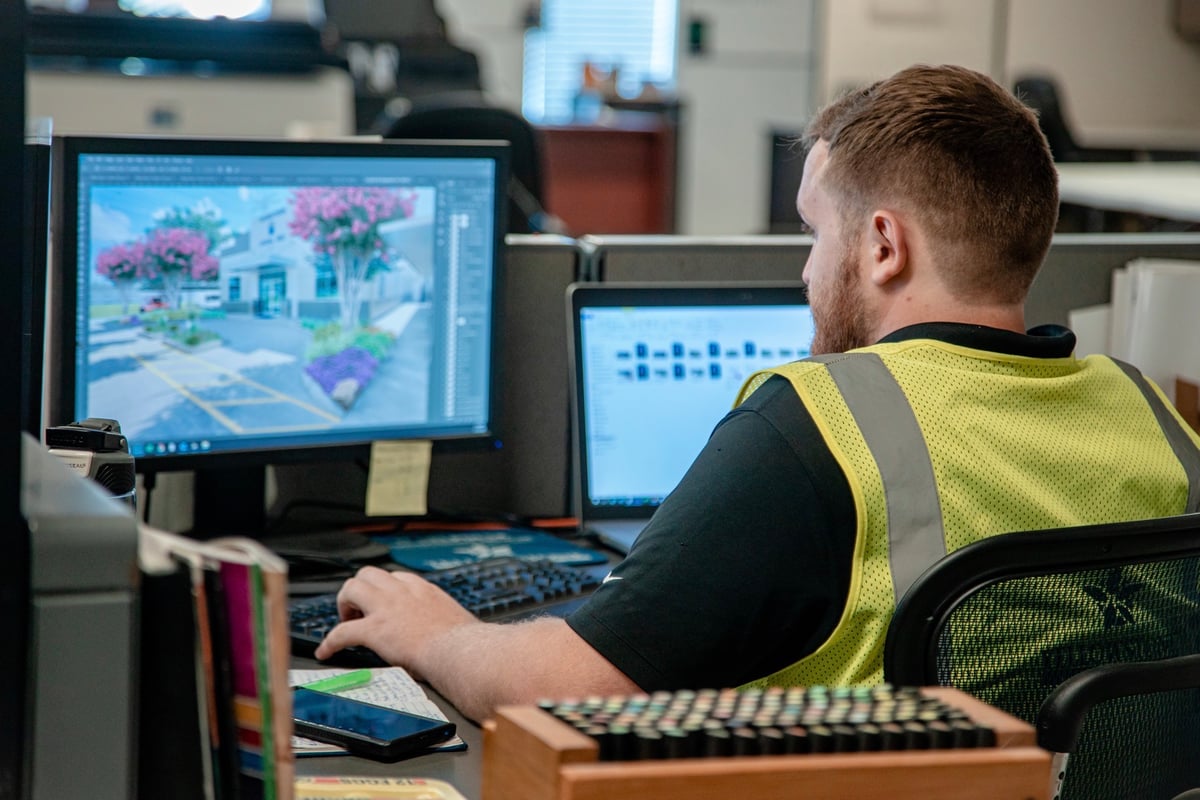
We believe that you want to have a better understanding of how planting zones work—but more specifically, how will they impact your commercial property.
The good news is that we have landscape designers who are experts in all of this so that you don’t have to be.
Our landscape designers need to have horticultural expertise and a strong understanding of how planting zones work so that they can make the best possible choices for your commercial property. They understand that you want a landscape that is going to thrive and perform well with minimal extra care—not one that needs constant attention because plants are struggling due to poor choices.
Making Alternative Choices in a Landscape Design
While an understanding of planting zones sometimes means we have to explain to our clients why a plant choice they want might not be the best fit for their region, we still care deeply about ensuring they end up with a landscape that they love.
Our landscape designers’ horticultural expertise means they will also have many other suggestions as to what would be a great alternative and provide a similar look or appeal (but also be appropriately suited to the zone).
We are always looking to achieve success from all angles.
Whenever possible, we always love using client ideas as inspiration. But we are also committed to choosing plants that will work well on our clients’ properties. When you choose a plant that is not suited to your hardiness zone, it may work but may also need a lot of extra care and lead to additional costs for extra watering and fertilization.
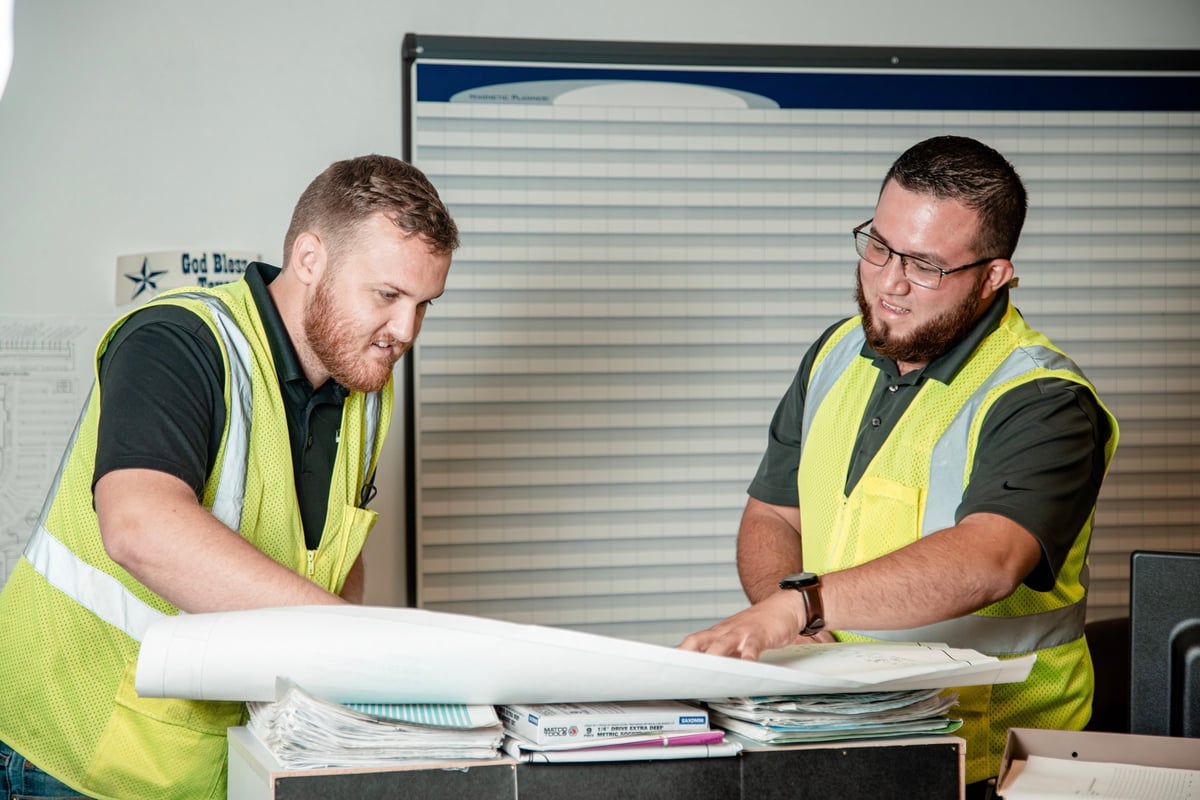
And depending upon what it is, it’s possible it might not thrive even with that extra care.
That can add up to wasted money and a whole lot of hassles. Fortunately, we are able to help clients make plant choices that will look great and perform great, too.
Understanding Right Plant, Right Place on Your Specific Property
Even beyond understanding planting zones and what they mean, there is also something that we refer to as “right plant, right place,” that is important on each and every specific property.
The truth is, even if you pick plant material that is well-suited to your region based on the planting hardiness zone, if you plant it somewhere on your property that is not optimal for its growth needs, it’s still going to struggle or fail.
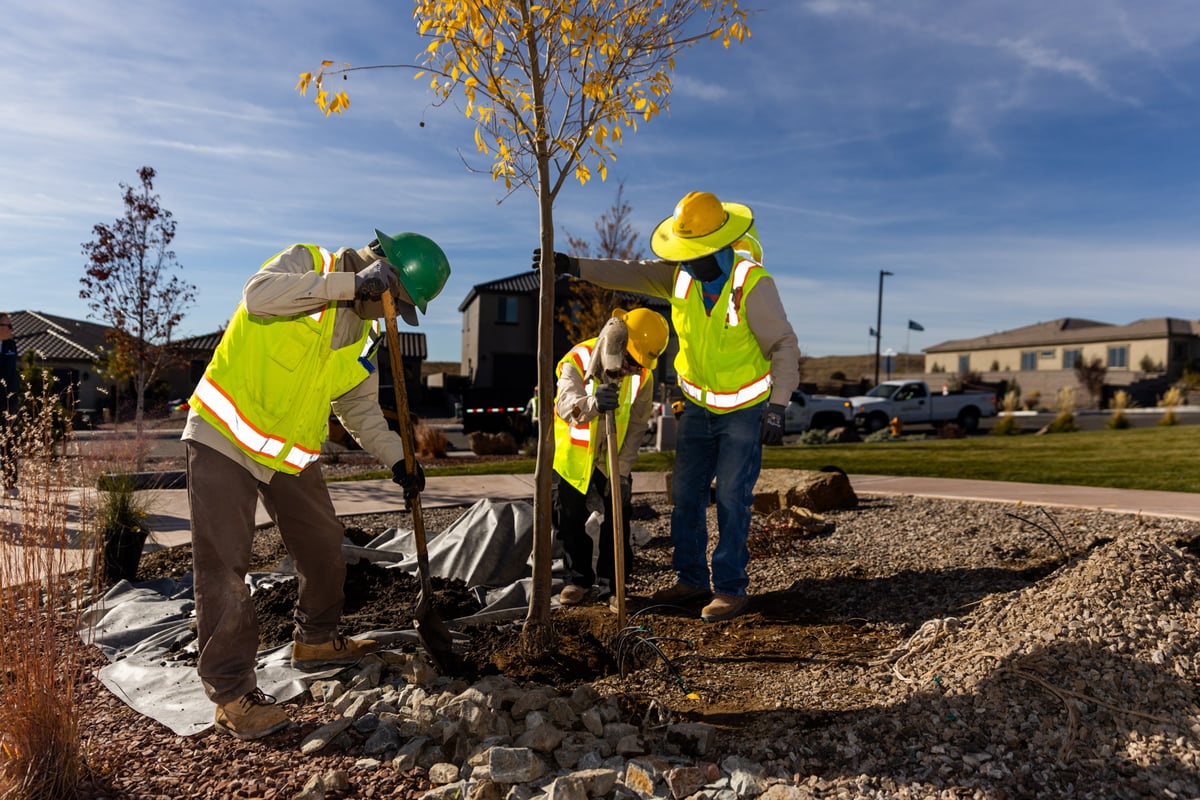
This is why it has to be the right plant installed in the right place.
For instance, you would never want to plant a shade-loving plant in full sun. And conversely, you would not want to plant something that needs full sun in an area that gets shade. There are also soil types, drainage, slope, and other considerations to take into account.
It can get somewhat complex and that is why it’s so important that the landscape is assessed and then matched with the appropriate plant material. It sounds like something that all landscape professionals would do, but the fact is that some landscapers have more horticultural expertise than others.
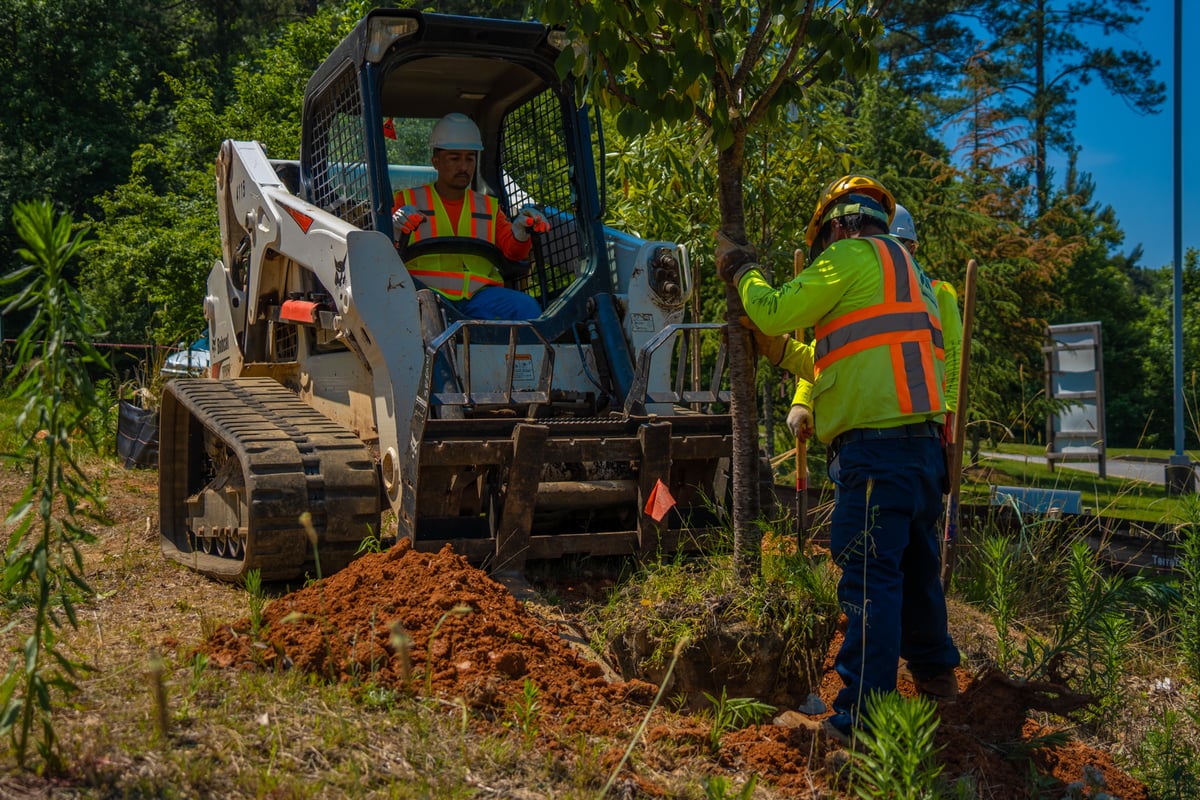
Planting mistakes are commonly made by “pros” and then clients are confused as to why their plant isn’t performing well.
Ultimately, this shouldn’t be your problem to worry about. Your landscape professional should be well-aware of the plants that will work well on your property both from a planting zone perspective as well as from a specific site assessment point of view.
Choosing a Commercial Landscape Contractor Who Can Help You Achieve the Best Results No Matter What Your Planting Zone
As we’ve said before, it shouldn’t have to be part of your job to need to understand how planting zones work. You should be able to feel that you’re in good hands and that your landscape designer is worried about those horticultural details for you.
In other words, you deserve to be confident that you’re going to get a landscape that you love and that it’s going to perform and thrive, too.
At Yellowstone Landscape, we can apply our horticultural expertise to help make the best possible plant selections for your commercial property. While it does sometimes mean we can’t use a specific plant that a client might really want, we’ll always have other ideas for substitute plants that are suited to your plant hardiness zone and will work as excellent alternatives.
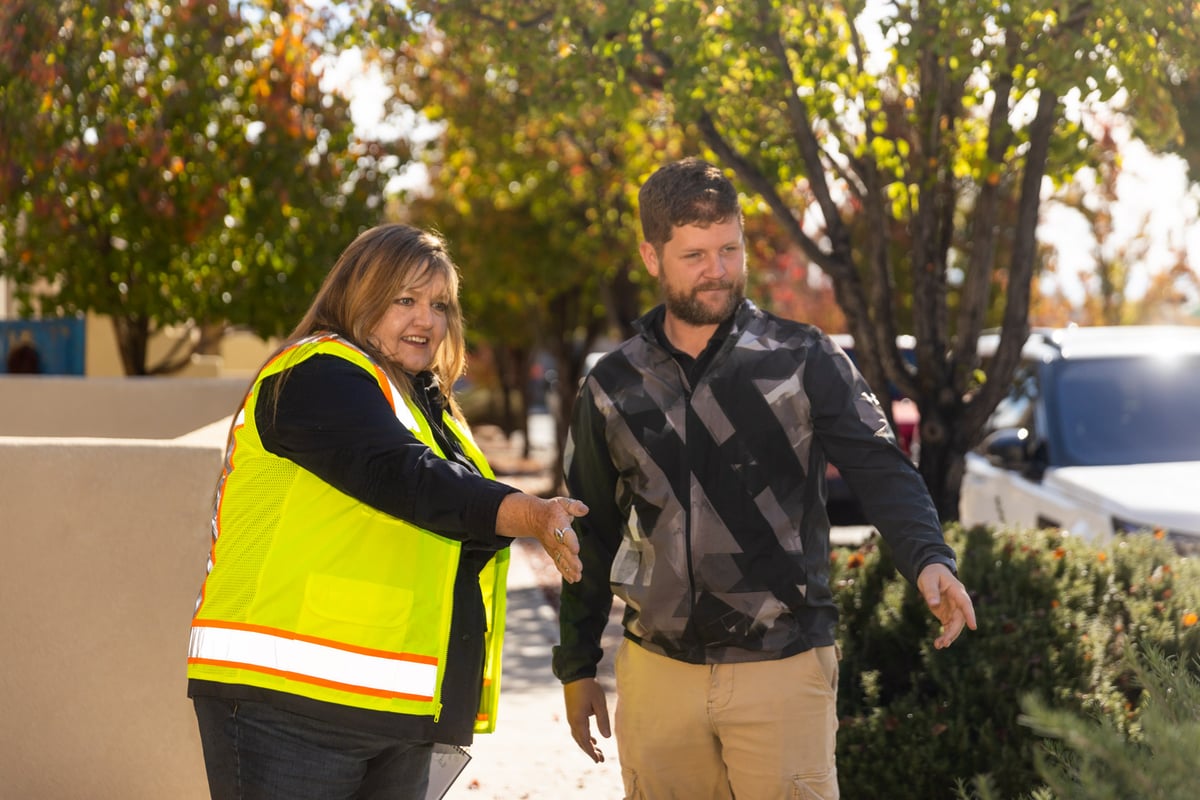
This will give you the confidence that you’ve chosen the best partner for your commercial landscaping needs.
Are you ready to feel confident in making a wise choice among commercial landscape providers? Request a consultation today. We’ll meet to learn more about your property and its challenges, then create a comprehensive plan to take care of all of the details for you.
Image Source: USDA Map



